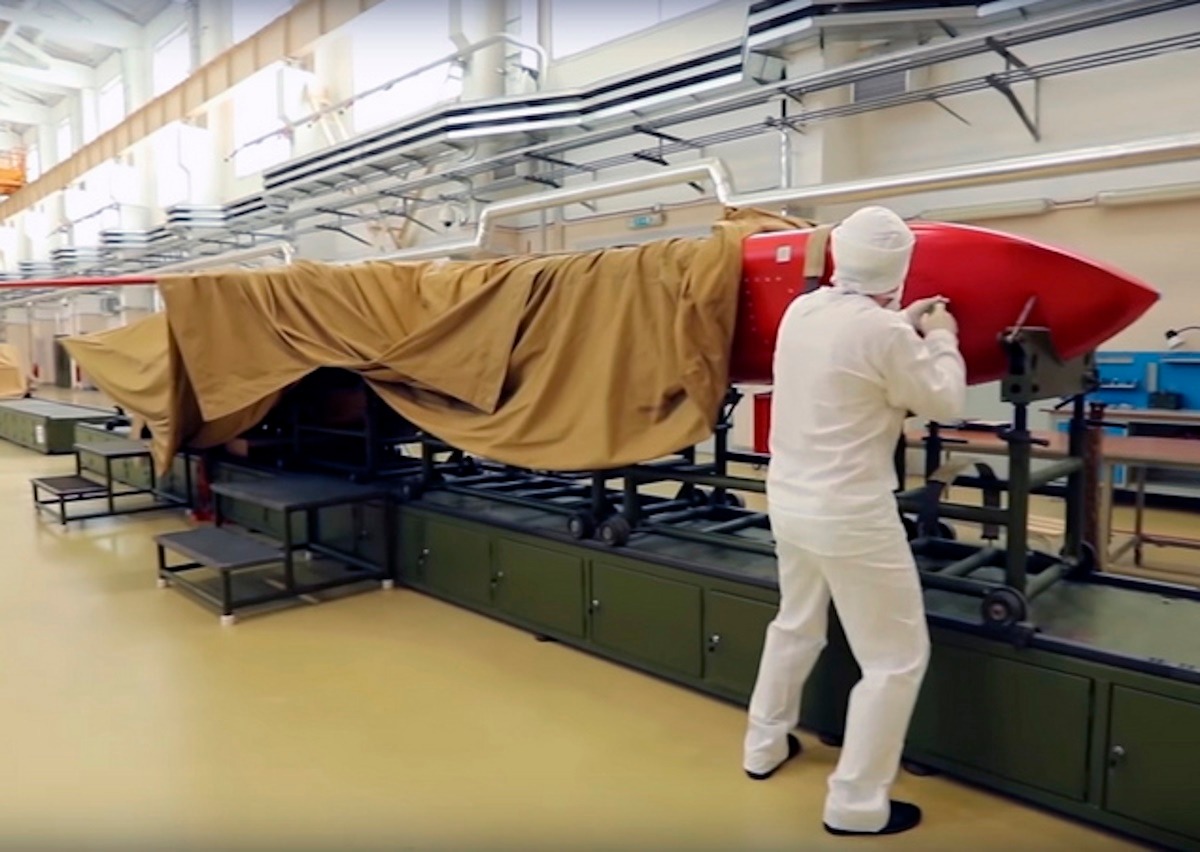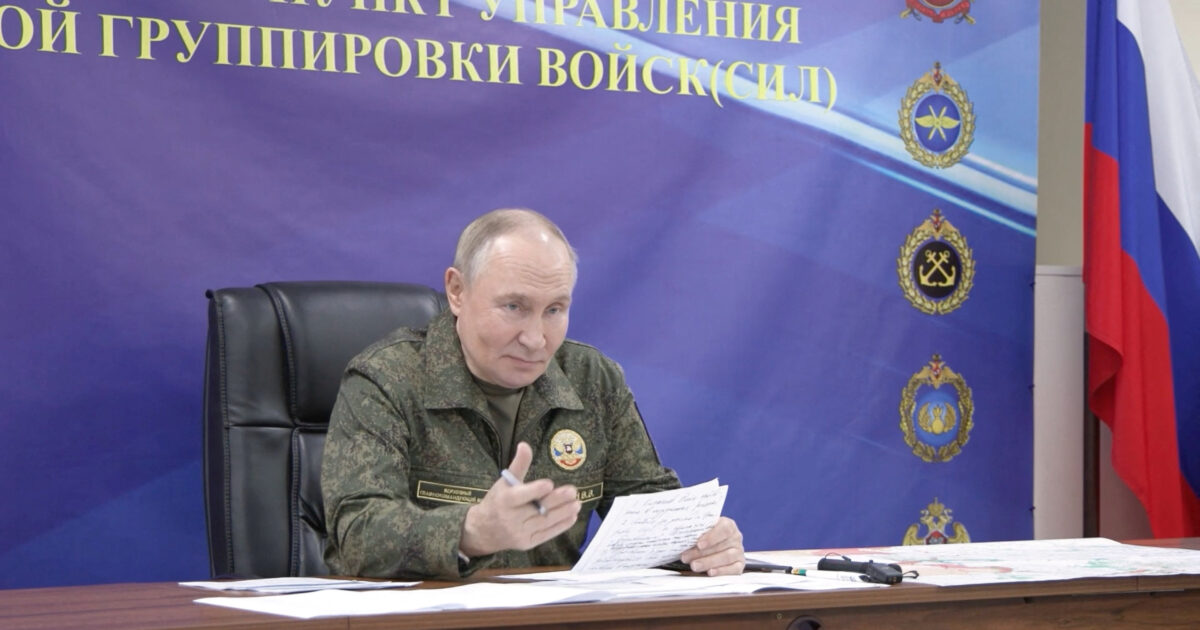THE Vladimir Putin playing the nuclear deterrence card again. In a carefully staged appearance, its president of Russia was pictured on Sunday (26.10.2025) in military uniform, congratulating his engineers on testing the new Burevestnik nuclear-powered cruise missile — a weapon dubbed the “storm bird” that the Kremlin says can fly indefinitely and evade any missile defense system.
Three days later, on Wednesday, Russia announced a new test of the Poseidon nuclear-powered underwater drone, an autonomous torpedo capable, according to Moscow, of triggering a radioactive tsunami. Vladimir Putin, reports Le Monde, thus reintroduced a logic of nuclear deterrence aimed at scaring the West.
A flamboyant display of power
“This is a unique and invincible weapon,” Putin said in a video broadcast by Russian state media, praising the Bourevestnik’s performance, “with unlimited range.” According to Moscow, the missile traveled 14,000 kilometers in 15 hours of flight. As for the Poseidon, which was tested in secret, the Russian president claimed it was “impossible to intercept” and superior to “all existing ICBMs”.
The successive announcements show the Kremlin’s desire to project an image of renewed strength as the war in Ukraine drags on and the Russian economy is suffocated by Western sanctions. Putin, nostalgic for the Soviet era, seeks to put Russia back at the center of the technological and military confrontation with the United States and NATO.
A psychological weapon above all
But behind the propaganda, experts express skepticism. The Burevestnik rocket, which the Americans have called the “flying Chernobyl”, has faced many technical problems and radioactive accidents, such as in 2019 in the Archangel region, where an explosion caused the death of Rosatom engineers. “At the military level, the utility of this weapon is limited,” notes IFRI researcher Eloise Fayette. “This is primarily a means of communication, showing that Russia can still innovate and inspire fear.”
Russia has successfully tested its nuclear-powered Burevestnik cruise missile, a weapon Moscow says can evade any defense system pic.twitter.com/faTZWp7FmR
— Reuters (@Reuters) October 26, 2025


The Kremlin’s goal is not so much strategic as psychological: to remind the West that Moscow remains a nuclear power capable of standing up to the United States, despite the fact that its GDP barely exceeds that of Spain and its dependence on China is growing.
The underwater drone ‘Poseidon’ and the nightmare of radioactive tsunamis
The nuclear-powered Poseidon underwater drone has in recent years inspired fear and admiration among military analysts. According to Moscow, it can travel vast distances at great depth and carry a thermonuclear warhead capable of sending giant radioactive waves into the oceans, rendering coastal cities uninhabitable. There is no independent confirmation of these claims, however, while Western intelligence agencies remain reticent about the real progress of the program.
BREAKING:
Putin said Russia has tested the Poseidon, a nuclear-powered underwater vehicle said to be more powerful than the Sarmat ICBM, with nothing else like it in the world.
The weapon can carry a nuclear warhead and is often called a ‘doomsday torpedo’ pic.twitter.com/EFrbZLC4E3
— Current Report (@Currentreport1) October 29, 2025
In his communications rhetoric, Putin calls Poseidon a “historic technological achievement”, superior even to the intercontinental ballistic missile Sarmat (“Satan II”). The announcements are part of a strategy to respond to American preeminence in missile defense, which began after the US withdrew from the 1972 ABM Treaty and NATO’s eastward expansion. By praising these “invincible” weapons, the Russian president is attempting to reassert the balance of power with Washington, while cultivating a sense at home of a besieged but invincible Russia.
Return to the climate of the Cold War
With his “invincible weapons” rhetoric, Putin is consciously reviving the Cold War climate. He is banking on the fear of a nuclear threat to destabilize his rivals and assert his position in a world he sees as hostile to Russia. Since the start of the invasion of Ukraine, he has alternated between nuclear threats, spectacular tests and nationalist speeches about “great Russia”.
“It’s a message to Washington and NATO: we can strike anywhere, anytime,” noted historian Mark Galeotti. For many analysts, this strategy reflects the frustrated ambition of a leader whose nuclear arsenal, rather than providing him with supremacy, no longer provides him with the political advantage he seeks.
Through Bourevestnik and Poseidon, Moscow does not appear to be preparing for war, but to remind the world of its ability to instill fear — its latest weapon in a geopolitical showdown it now knows is asymmetric.
